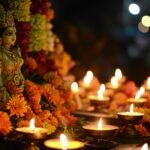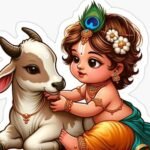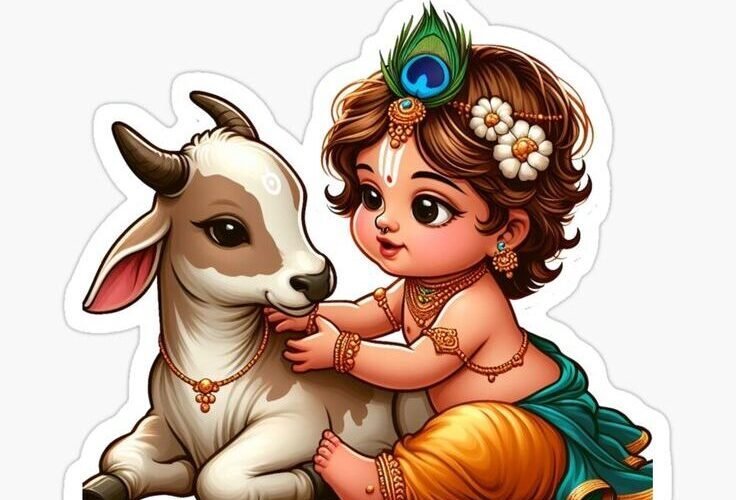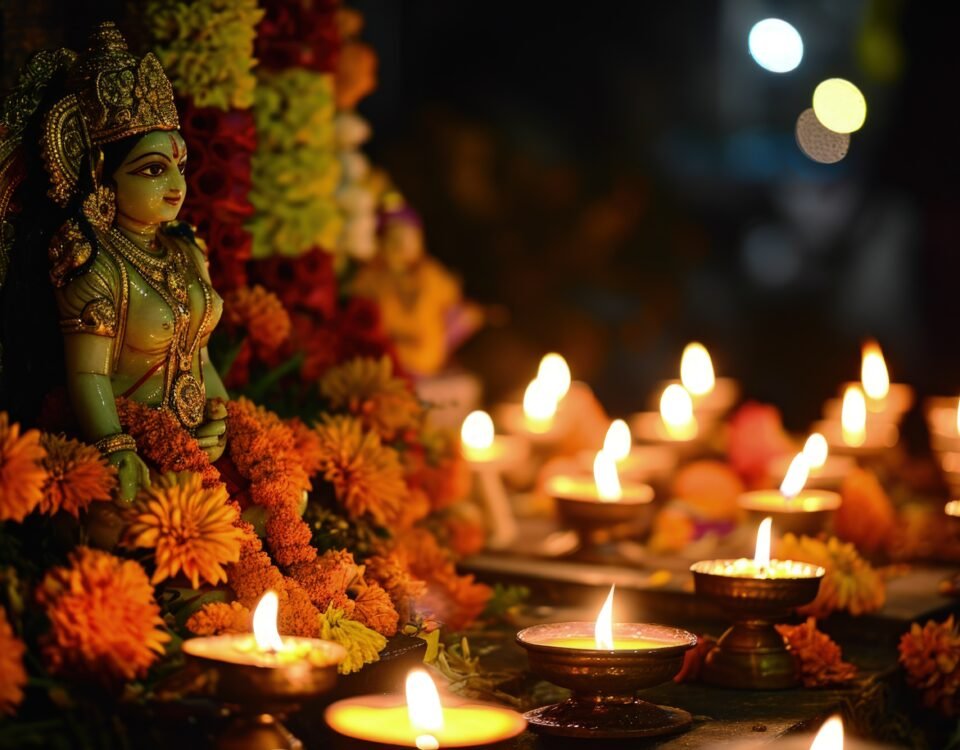Introduction
Maha Shivaratri, meaning “The Great Night of Shiva,” is one of the most sacred Hindu festivals dedicated to Lord Shiva, the destroyer and transformer among the Holy Trinity (Trimurti) in Hinduism. Observed annually on the 14th night of the dark fortnight (Krishna Paksha) in the month of Phalguna (February-March), it is a time for intense spiritual practices, devotion, and prayer. Devotees across the world gather to honor Lord Shiva through night-long vigils, fasting, and ceremonial worship.
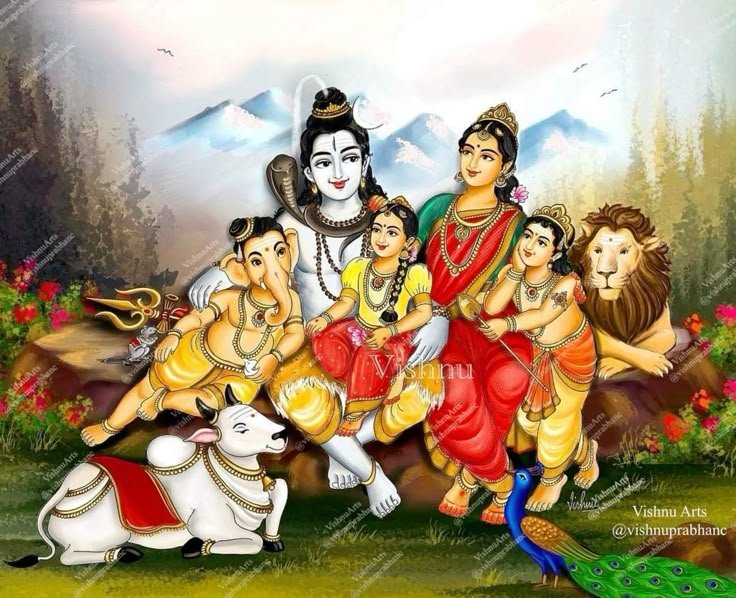
What is Maha Shivaratri Puja?
Maha Shivaratri Puja is a special ritual performed to worship Lord Shiva with deep devotion, often extending throughout the night. It marks the divine union of Shiva and Parvati, and is also believed to be the night Lord Shiva performed the Tandava, his cosmic dance of creation and destruction.
Key elements of the puja include:
-
Fasting: Devotees observe a strict fast (nirjala or phalahar) to purify the body and mind.
-
Abhishekam: The Shiva Linga is bathed with sacred items like milk, honey, ghee, water, curd, and sugar, each symbolizing different aspects of purification and devotion.
-
Offerings: Bilva leaves, dhatura flowers, fruits, incense, and lamps are offered to the Shiva Linga.
-
Chanting: Devotees chant “Om Namah Shivaya” and recite Shiva mantras and hymns like the Shiva Chalisa or Shiva Purana.
-
Night Vigil (Jagaran): Worship continues through the night in four phases (praharas), symbolizing the overcoming of darkness and ignorance with divine light and knowledge.
Conclusion
Maha Shivaratri Puja is not only a night of devotion but also a profound spiritual experience. It represents the triumph of self-control, discipline, and devotion over desires and negativity. By observing Maha Shivaratri, devotees seek the blessings of Lord Shiva for inner strength, spiritual growth

